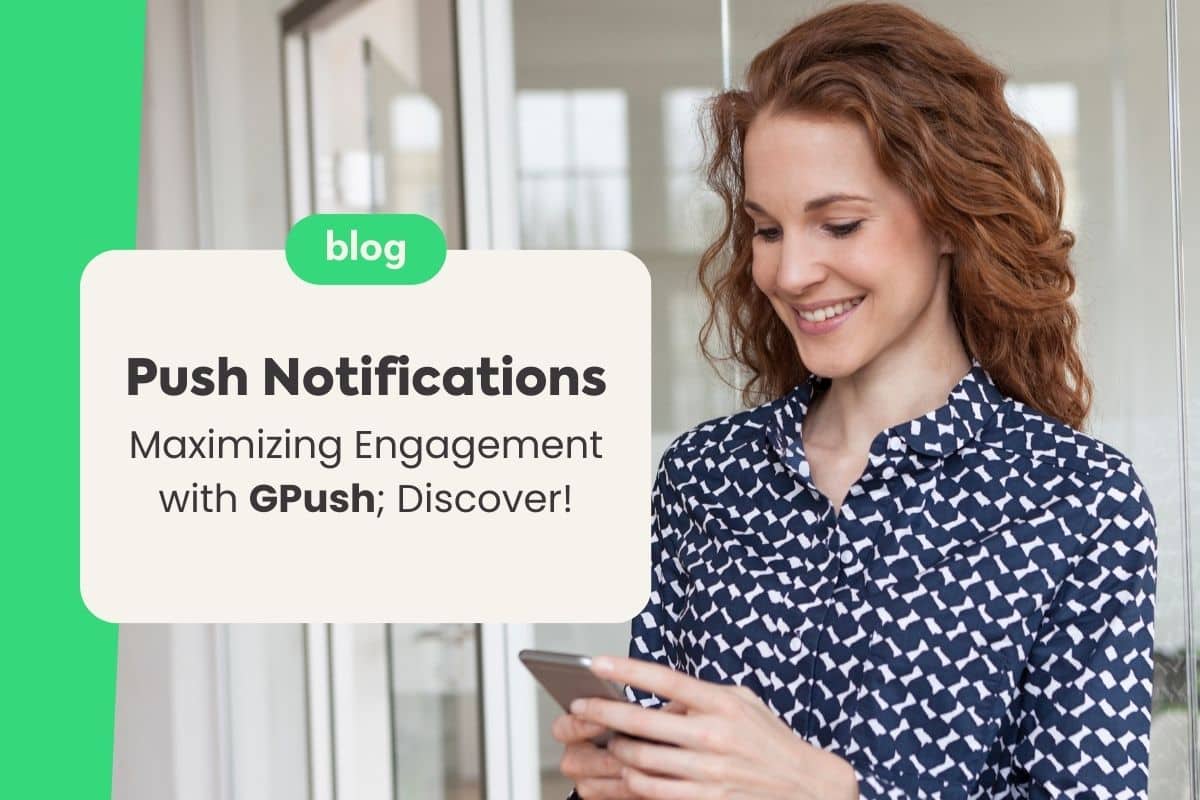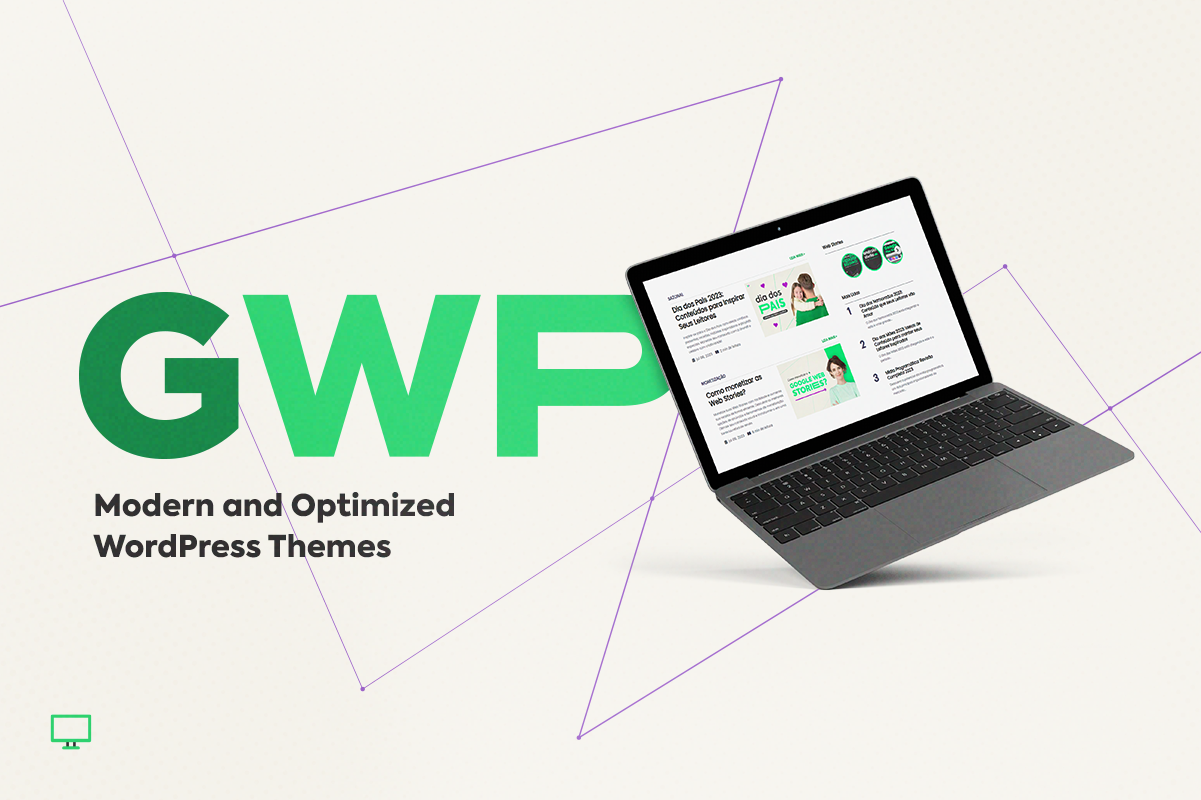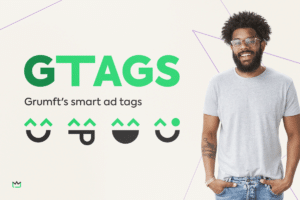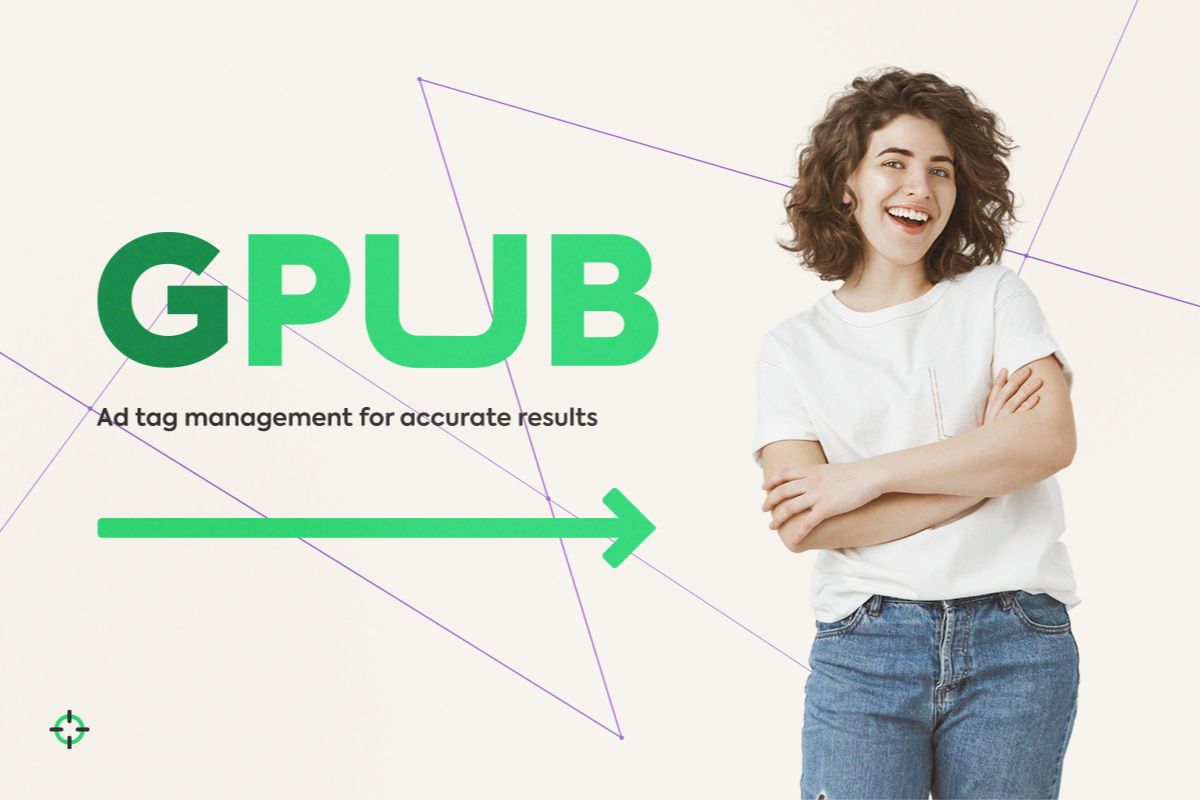If you want to stay in the minds of consumers and boost interaction with your target audience, push notifications are the ideal tool. In this article, we will explore the dynamics of push notifications, emphasizing their importance and introducing GPush, a unique tool from Grumft designed to optimize publishers’ monetization experience.
Index
- 1 The Power of Push Notifications
- 1.1 What Are Push Notifications?
- 1.2 How Do Push Notifications Work?
- 1.3 Advantages of Push Notifications
- 1.4 Possibilities of Push Notifications
- 1.5 Push Notification Protocols: Pull vs. Push
- 1.6 Performance of Push Notifications
- 1.7 Tips for Sending Push Notifications
- 1.8 Push Notification Tools
- 1.9 GPush: Maximizing Engagement for Partner Publishers
- 1.10 Final Thoughts
The Power of Push Notifications
Instant alerts represent a revolution in communication between websites/apps and users. Imagine having the ability to send direct messages to the user’s device screen, offering breaking news or the most engaging content. That’s precisely what push notifications provide, establishing a direct channel with your users.
What Are Push Notifications?
Instant Alerts are automatic alert messages sent by mobile apps or browsers. Unlike other forms of communication, these messages are sent without the user’s request, ensuring the direct delivery of content to the device screen.
The history of Instant alerts dates back to the early 2000s with BlackBerry’s Push Services. Since then, they have evolved into an essential component in the digital world, especially with the advent of Apple Push Notification Service (APNS) for iOS and Firebase Cloud Messaging for Chrome.
How Do Push Notifications Work?
The term “push” suggests the idea of “pushing” information to the user, but it’s important to clarify that this happens only when there is interest from the user. By downloading an app, for example, the user implicitly allows the sending of these notifications, creating a valuable connection between your site and the user.
These notifications are short, relevant, and respect the user’s privacy. Unlike SMS messages, push notifications are linked to the app installation, ensuring a more personalized experience.
Advantages of Push Notifications
For both users and publishers, push notifications offer a variety of advantages. Users appreciate the convenience of receiving relevant information directly on their screens, while publishers have the opportunity to increase retention, loyalty, and conversions.
However, it’s crucial to balance the frequency and relevance of notifications, avoiding potential annoyances that could lead to app uninstallation.
Possibilities of Push Notifications
The versatility of push notifications makes them applicable in various marketing and communication strategies. From promotions in e-commerce to alerts for social media interactions, the possibilities are vast. Whether encouraging the use of utility app features or informing about product launches, push notifications offer a valuable engagement channel.
Push Notification Protocols: Pull vs. Push
On the internet, there are two main protocols for information transfer: pull and push. Push notifications follow the “push” protocol, sending information to the user without an active request. This sets them apart from “pull” notifications, which depend on user requests to be sent.
Performance of Push Notifications
Push notifications have excelled in digital marketing, evidenced by impressive average click-through rates, reaching 11.4%. Acceptance rates, especially on Android, reach an incredible 91.1%. However, it’s essential to carefully monitor the sending frequency, avoiding excesses that could harm the user experience.
Tips for Sending Push Notifications
To ensure success in sending instant alerts, some best practices should be followed:
- Be Mindful of Frequency: Avoid overwhelming users with notifications. Research indicates that the acceptable daily limit is five notifications, with click-through rates and opt-outs affected by increased frequency.
- Don’t Be Aggressive: The language of notifications should be light and engaging, avoiding invasiveness. Calls to action should be made subtly.
- Audience Segmentation: Personalize your notifications by segmenting your audience. More specific messages are more likely to engage.
- Be Mindful of Timing: The sending time is crucial. Understand your audience’s habits to determine the best times to send notifications.
- Measure Results: Use analytics tools to measure the performance of your notifications. In addition to basic metrics, evaluate the revenue generated and return on investment.
Push Notification Tools
If you’re ready to implement instant alerts, some useful tools include Pushnews, Web Push, and PushCrew. All of them offer functionalities that benefit publishers, with plans that can vary based on the number of subscribers. But at Grumft, you have at your disposal GPush, a free tool for publishers who monetize with the company. Check with your account manager for the requirements to use the tool and flexible options.
GPush: Maximizing Engagement for Partner Publishers
In the constantly evolving digital world, audience attention is valuable. GPush, an exclusive solution from Grumft, stands out as a personalized provider of news and redirection for publishers. This tool offers personalized pop-up triggers and schedules, allowing you to reach your audience at the exact moment, increasing conversion chances.
Final Thoughts
Understanding the power of push notifications and enhancing your strategy with GPush puts you on the path to maximizing audience engagement. Contact your account manager at Grumft now and discover how we can help you boost your business through effective communication and surprising results.





